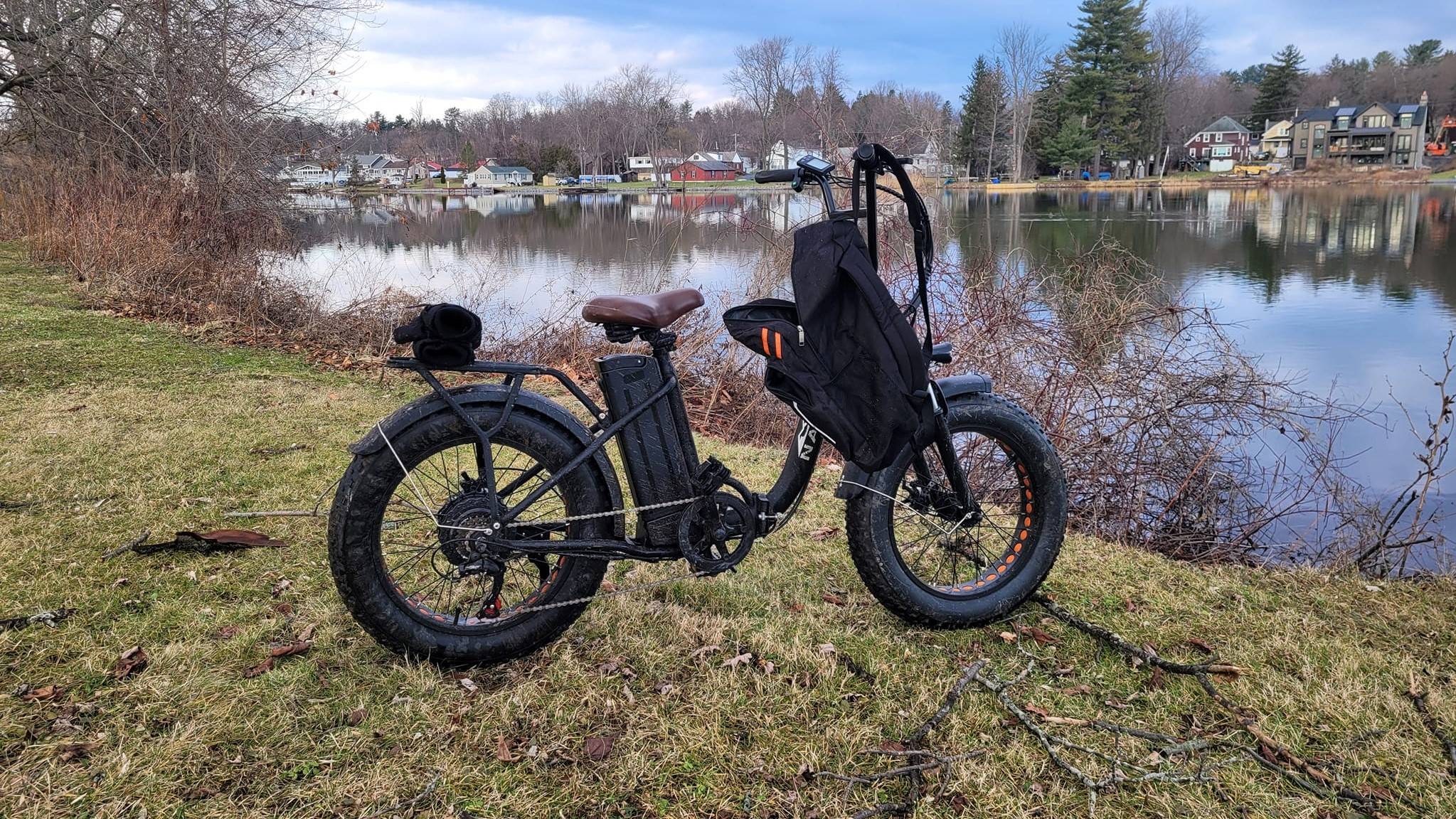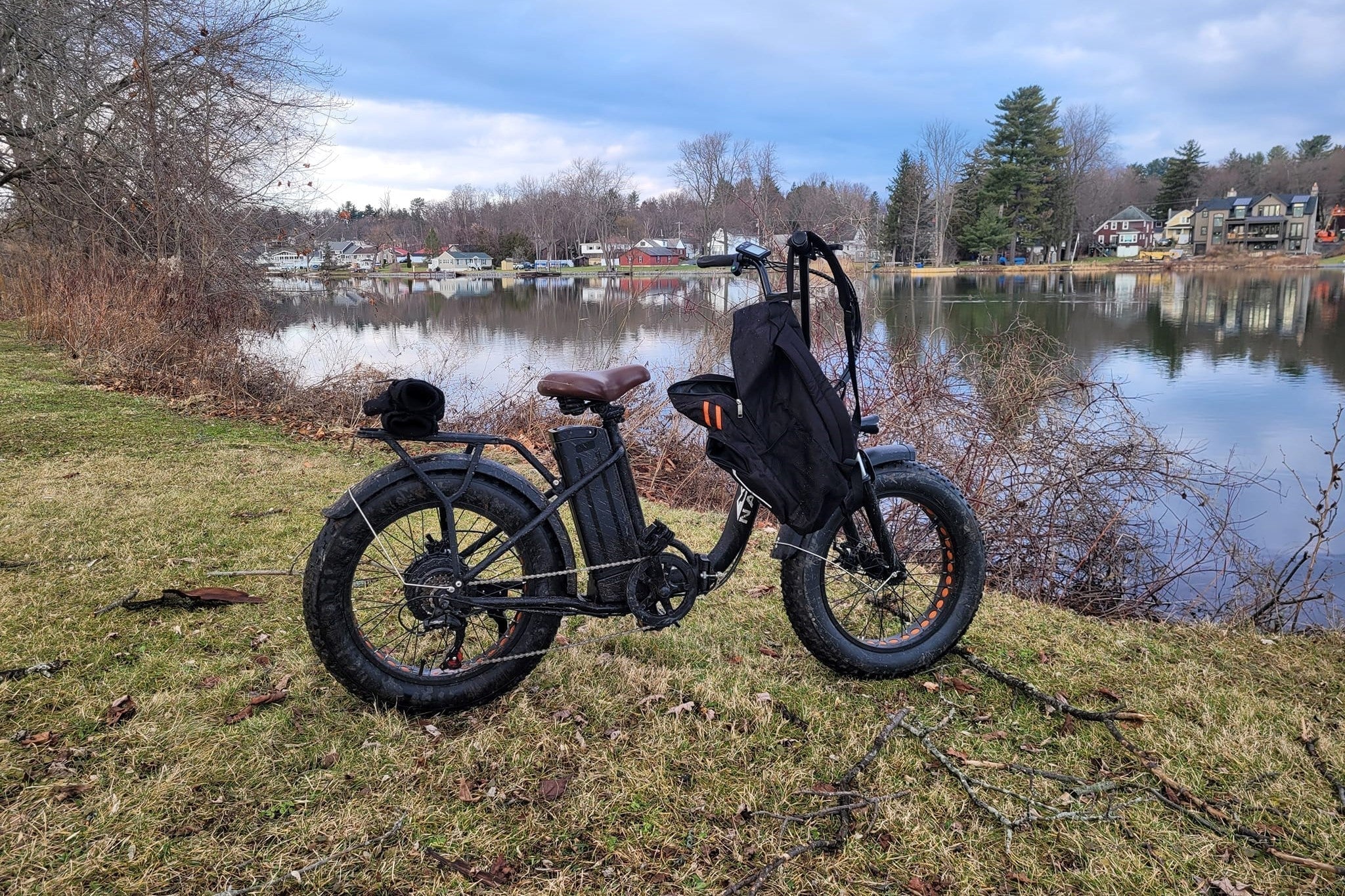
Introduction:
Have you ever dreamed of cycling across the country, exploring new places and challenging yourself? If so, you’re not alone. Long distance cycling is a popular and rewarding activity that attracts millions of people around the world.
In fact, according to the Adventure Cycling Association, there are over 50,000 long distance cyclists in the US alone, and many more in other countries. Whether you want to cycle for fun, fitness, adventure, or charity, long distance cycling can offer you many benefits and experiences that you won’t find anywhere else.
But before you pack your bags and hop on your bike, there are some things you need to know.
Long distance cycling is not something you can do on a whim. It requires some preparation and planning to make sure you have a safe and enjoyable ride. You need to choose the right bike and gear for your trip, train your body and mind for the challenge, fuel yourself properly before, during and after the ride, and follow some safety and navigation tips along the way.
Don’t worry though - we’re here to get you covered.
In this ultimate guide, we’ll teach you everything you need to know before you hit the road. We will show you how to pick a bike that suits your needs and budget, and how to pack light and smart for long distance cycling.
We’ll also share with you how to build up your endurance and strength for long rides and how to fuel your body before, during and after long trips. We will even include here how to avoid common injuries and accidents on long rides, and how to plan your route and find your way.
By the end of this guide, you will be ready to embark on an amazing long distance cycling adventure that will boost your health, happiness, and confidence.
So, what are you waiting for? Let’s get started!😊
Subscribe
To join our mailing list and never miss an update!

